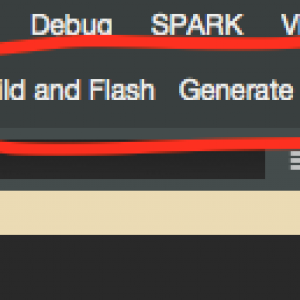
SPARKZumo Part 2: Integrating the Arduino Build Environment Into GPS
This is part #2 of the SPARKZumo series of blog posts. This post covers the build system that was used to build the SPARKZumo project and how to automate the process in GPS.
9 entries tagged with #GPS

This is part #2 of the SPARKZumo series of blog posts. This post covers the build system that was used to build the SPARKZumo project and how to automate the process in GPS.
One of the most criticized aspect of the Ada language throughout the years has been its outdated syntax. Fortunately, AdaCore decided to tackle this issue by implementing a new, modern, syntax for Ada.
In my previous blog article, I exposed some techniques that helped me rewrite the Crazyflie’s firmware from C into Ada and SPARK 2014, in order to improve its safety.

Customizing build target switchesIn the first post in this series (Integrate new tools in GPS) we saw how to create new build targets in GPS to spawn external tools via a menu or toolbar button, and then display the output of that tool in its own console, as well as show error messages in the Locations view.
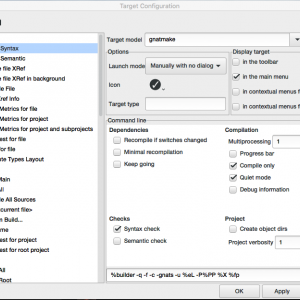
This blog, the first in a series, explains the basic mechanisms that GPS (the GNAT Programming Studio) provides to integrate external tools. A small plugin might make your daily workflow more convenient by providing toolbar buttons and menus to spawn your tool and parse its output.
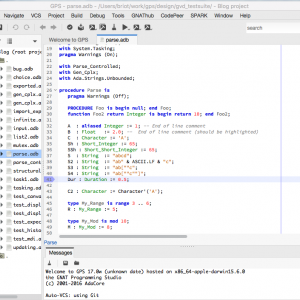
The GNAT Programming Studio support for the debugger has been enhanced. This post describes the various changes you can expect in this year's new release of GPS.
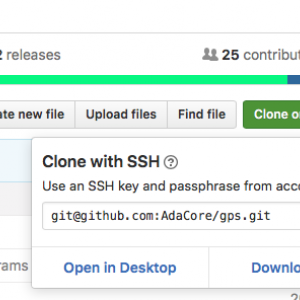
The GPS source repository has been published on GitHub. This post briefly describes how you can access it, and hopefully contribute.
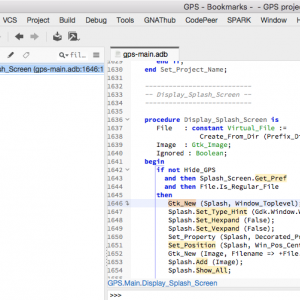
As we improve existing views in GPS, we discover new ways to use them. This post shows some of the improvements done recently in the Bookmarks view, and how you can now use it as a TODO list.
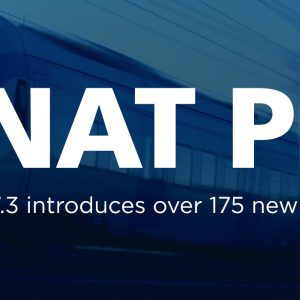
February saw the annual customer release of a number of important products. This is no mean task when you consider the fact that GNAT Pro is available on over 50 platforms and supports over 150 runtime profiles (ranging from Full Ada Support to the very restricted Zero Footprint Profile suitable for safety-critical development). All in all, from the branching of the preview version to the customer release it takes us nearly 4 months to package everything up! Quality is assured through the internally developed AdaCore Factory.